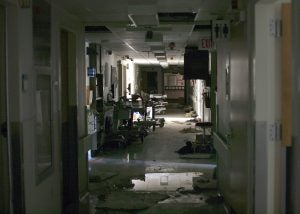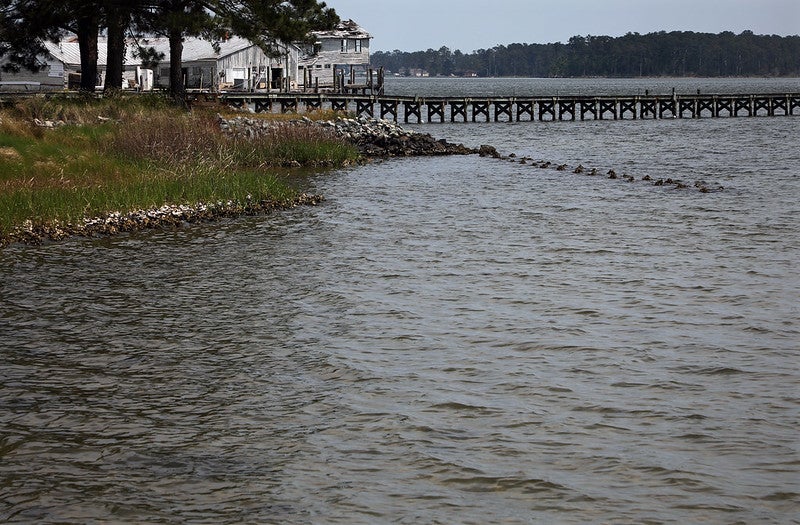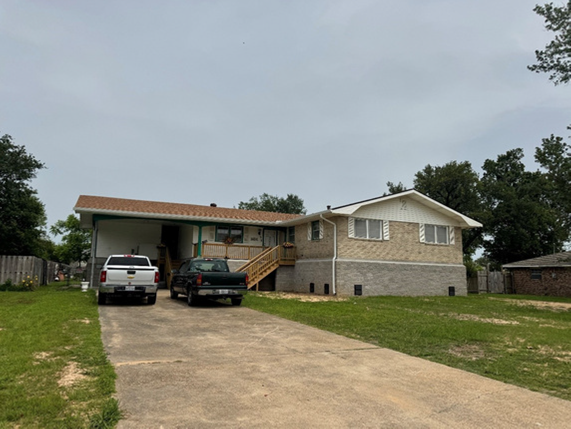
Building climate resilience requires a whole-of-government approach. Here’s how Louisiana is making it happen.
As communities in southwest Florida, Puerto Rico and elsewhere in the Caribbean struggle to recover from the damages of an active hurricane season, efficient, proactive resilience solutions have never been more important.
Louisiana continues to be a world leader in the planning and implementation of coastal resilience. Louisiana will release the fourth iteration of its Coastal Master Plan in early 2023, which provides the most science-based and publicly informed plan in the nation. Since the first plan, $21.4 billion has been invested in flood resilience infrastructure – focused on restoration of coastal ecosystems that provide essential flood risk benefits and grey infrastructure such as levees and seawalls. Other state agencies have also invested billions in rebuilding their infrastructure, such as schools, hospitals and prisons.
However, flood resilience is not just about infrastructure but also the ability of government agencies to maintain programs and services their constituents rely upon, from trash collection to food assistance to healthcare. Louisiana is the first to take a step toward a whole-of-government approach to ensure communities have access to the essential services they need to rebuild and thrive in the face of future flood risks.
The Adaptive Governance Initiative
In 2020, Governor Edwards issued Executive Order 2020-19, which directed each state agency to identify a resilience coordinator to lead collaboration for the Adaptive Governance Initiative.
Agencies first conducted a vulnerability assessment of their physical assets like infrastructure and social assets, including programs, services and employees. With capacity and expertise from the Center for Planning Excellence (CPEX), a Louisiana-based planning nonprofit, they identified priorities around mission-critical impacts and established buy-in by identifying concrete adaptation opportunities within each department. Agencies then turned to identifying potential partners, resource needs, and finding innovative ways to collaborate across government.
Three key takeaways from a recent report demonstrate how Louisiana is taking a holistic, whole-of-government approach to resilience – and why it’s a model other states and the federal government should follow.
1. Focus on the people side of community resilience
Too often, government response to climate shocks and chronic stressors revolves around pre-or post-disaster infrastructure investments. To institutionalize resilience, state leaders must rethink how agencies maintain, make accessible and adapt social services with a changing climate.
The demand for these services will increase as climate impacts burden people and agencies financially, mentally and physically. This is particularly true for chronically marginalized populations who experience more severe climate impacts and are less able to evacuate, recover, relocate or adapt.
The Public Health Unit in Cameron Parish (i.e., county) is a stark example. As a provider of essential family services for women, infants and children for the entire county, the unit was closed for more than five of the past 17 years due to significant hurricane and flood damages.
Repairs following Hurricanes Laura and Delta, which hit the region in August 2020, have yet to begin and in the absence of temporary facilities, residents could be forced to travel anywhere from 50 to 100 miles to obtain care.
2. Plan for future change now
Physical and economic risk to infrastructure due to climate change is well-documented and understood, but present and future impacts to agencies’ service and program delivery are not. The frequent and severe environmental changes that Louisiana agencies face due to these challenges are stressing their ability to deliver services and adapt to these impacts in real-time. Without critical community lifelines like health care, education, jobs and housing, communities cannot be resilient or thrive into the future.
Louisiana Economic Development and Louisiana Workforce Commission are designed for business and workforce retention. However, recent disasters are challenging these missions, further hindering economic resilience and reducing productivity. By collaborating with CPRA and other agencies, they have focused on the training and workforce development needed to support the coastal resilience and water management economy, the fastest growing sector in the state.
“Enlisting more state agencies to proactively engage with the changes happening along the coast and adapt their programs, services, and infrastructure is the right approach to meeting the needs of our communities today and for thriving in the future.” – Charles Sutcliffe, Louisiana’s Chief Resilience Officer
3. Greater collaboration across agencies and with impacted communities
Agencies at all levels should take a holistic approach to resilience and focus on proactive, innovative solutions with co-benefits for communities facing overlapping vulnerabilities. This approach will require new levels of coordination between agencies but also has the potential to unlock different types of revenue streams to build a larger funding pool. Unprecedented funding through the Inflation Reduction Act and Investments in Infrastructure and Jobs Act presents a unique opportunity to tap into federal resources sooner rather than later.
One example is the Department of Children and Family Service’s pilot of the “No Wrong Door” model, designed to reduce the burden on communities. With this model, a single website platform serves as the gateway for an entire community to access any social support services they might need – including food, housing, utilities, or other support – without having to navigate multiple platforms at each level of government after a disaster.
With all of us working together, we can achieve resilience
Louisiana’s Adaptive Governance Initiative has momentum thanks to dedicated leadership by the Chief Resilience Officer and buy-in across agencies’ resilience coordinators. But now, permanent structures, processes, and resources will need to be established to give agencies the capacity to plan and implement long-term adaptation solutions.
The Adaptive Governance Initiative provides an example for other states and even the federal government to rethink how we build resilience for our communities against the cascading impacts of climate change. Proposed earlier this year, the bipartisan National Climate Adaptation and Resilience Strategy (NCARS) Act would establish a Chief Resilience Officer in the White House to spearhead a federal adaptation strategy.
The last several years of impacts from hurricanes, wildfires and heat waves have made it abundantly clear that our status quo approach to natural disasters is not meeting the needs of communities. Instead, leaders at all levels of government need to take a holistic, all-hands-on-deck approach to build lasting resilience. Louisiana’s Adaptive Governance Initiative has momentum thanks to dedicated leadership by the Chief Resilience Officer, buy-in across agencies’ resilience coordinators and capacity support from CPEX.












